Minecraft was released in 2009 as an indie sandbox video game developed by Mojang. Over the past decade, it has become one of the best-selling and most popular video games ever. An integral part of Minecraft’s gameplay and visual identity are the various icons representing different items, blocks, tools, and more. Let’s look back at some of Minecraft’s most iconic icons from over the years and examine their meaning and role in the game.
The Pickaxe Icon
One of the earliest and most recognizable Minecraft icons is that of the pickaxe. Crafted from wood or stone, the pickaxe allows players to gather precious resources like cobblestone and various ores by breaking blocks. Its pixelated design has a simple handle, and three pointed tips, evoking the tool’s real-world mining function. For many new players, crafting their first pickaxe marks a crucial initial milestone as they prepare to explore and gather materials. The pickaxe remains one of the fundamental tools required for mining and harvesting blocks across all game versions.
The Sword Icon
Integral for combat and protection, the sword icon denotes a tool for attacking hostile mobs and players. Its pixelated design depicts a basic hilt and straight blade. Swords come in different tiers based on the material used – wood, stone, iron, gold, and diamond. Each tier provides more significant damage against enemies. For PvP enthusiasts, the sword remains a beloved weapon for engaging in player vs player duels and battles. Its strategic importance has also inspired various mini-games built around sword-fighting skills within Minecraft servers and maps.
The Food Icons
Sustenance plays a crucial role in Minecraft, and various food items each have their distinct icons:
- Apple: Pixels form the silhouette of a round red apple, evoking health restoration. Apples grow naturally on oak trees.
- Bread: A few off-center pixels form simple stacks of bread slices for nourishment. Bread requires wheat crops to craft.
- Cooked Porkchop: A pink pixel outlines a cut of meat, depicting the result of cooking raw pork chops over a fire.
- Cooked Beef: Similar to porkchop but light brown to denote cooked steak from slaying cows.
These basic food icons satisfy hunger and prevent starvation, serving as essential resources for survival in early and mid-game play. Over time, sophisticated recipes and exotic cuisine were added with their representative icons.
The Armor Icons
No Minecraft player can embark on grand adventures without equipping armor for protection. Each material tier of armor has its pixelated insignia:
- Leather Cap: Brown pixels outline a simple cap to denote armor from cured leather.
- Gold Helmet: Yellow pixels depict a regal helmet made of gold nuggets. Offers little defense.
- Iron Helmet: Gray pixels shape a protective helmet forged from smelted iron ingots.
- Diamond Helmet: Blue pixels form a highly durable helmet cut from the rarest mineral, diamond.
Mastering armor crafting and gradually upgrading through the tiers allows players to shield themselves against all threats, from creepers to the Ender Dragon. These armor icons remain staples of the HUD interface today.
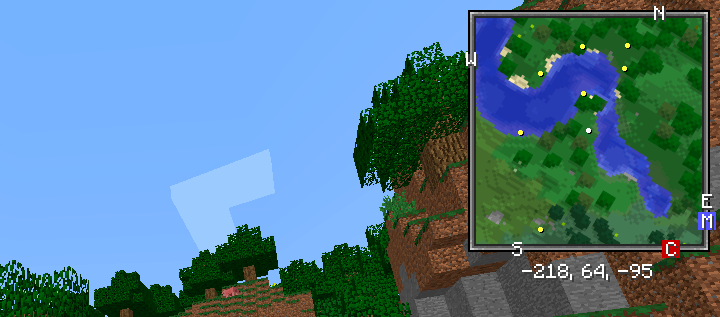
The Inventory System Icons
A defining aspect of the Minecraft experience lies in managing resources through an intuitive inventory interface. Here are some notable inventory icons:
- Chest: Brown pixels outline a container for bulk storage of items.
- Furnace: An orange hearth denotes a multi-purpose crafting station for smelting, cooking, and more.
- Workbench: Brown pixels depict a simple crafting table for building tools and more advanced items.
- Hotbar: Nine square slots at the bottom represent the usable inventory for equipped items.
- Experience Orbs: Emerald green pixels identify orbs dropped from slain mobs and used for leveling up.
This focused selection of icons provides players with visual cues for navigation, organization, and crafting/smelting activities integral to resource management in Minecraft. Their consistent presence helps establish recognizable systems that are still used today.
The Tool Icons
Beyond the fundamental pickaxe, Minecraft offers ever more sophisticated tools for players, indicated by iconic pixels:
- Shovel: A short-handled icon with a flat edge for digging dirt, sand, and gravel.
- Axe: Angled pixels form an essential tool blade for chopping wood.
- Hoe: A few horizontal lines depict a farming implement for tilling soil blocks.
- Shears: Two overlapping pixels suggest using scissors to gather wool from sheep.
- Fishing Rod: A long handle connects to a curved line, evoking rod and reel fishing.
- Flint and Steel: Separate pixels show the components used to light campfires and other sources.
As players expand their toolsets, these pixelated icons take on increased strategic value for gathering resources and taking on objectives across various Minecraft biomes and situations.
The Building Block Icons
At the heart of Minecraft lies the iconic building blocks with corresponding pixel representations:
- Stone: Gray cubes indicate one of the earliest harvestable and construction materials.
- Dirt: Brown squares represent the default ground cover and material for planting.
- Cobblestone: Rough gray textures evoke a rougher stone surface formed from lava contact.
- Oak Wood Planks: Tan outlines of cut wooden boards, renewable from forest trees.
- Glass Pane: Transparent pixels suggest a fragile yet see-through construction material.
- Clay: Off-white squares identify soil needed for crafting hardened bricks.
As the game continually expands its creative possibilities, these blocks remain essential building materials integral to iconic pixelated structures across infinite virtual worlds.
The Redstone Component Icons
More technical players enjoy Minecraft’s redstone circuitry system indicated by unique pixelated signals:
- Redstone Dust: Fine grains in reddish-orange denote a conduit for conveying power.
- Redstone Torch: A red bulb atop a stick illuminates dust trails or serves as an on/off switch.
- Repeater: A circuit booster that picks up and retransmits redstone signals over greater distances.
- Comparator: Evaluates input signal strength and passes a corresponding output, enabling sophisticated logic gates.
From simple traps to massive processor circuits, the Redstone system iconography provides the core visual language for contraptions and advanced automation across Minecraft communities today.
Minecraft’s Iconic Mobs
No overview of the game’s iconography would be complete without mention of the iconic pixelated mobs:
- Creeper: A four-legged creature with a menacing grin ready to detonate itself near players.
- Spider: Long angular legs extend from a round spider body, ready to pounce from ceilings.
- Skeleton: two bone segments connect above and below a blank face armed with a drawn bow.
- Zombie: Shambling corpse lurches with outstretched arms yearning to feast on flesh.
- Enderman: Tall, slender being with a flat face and purple eyes teleports away when spotted.
These memorable pixel sprites representing both dangers and neutral passive creatures populate Minecraft’s unique ecosystems in a way that has enthralled players globally for over a decade.
Enduring Significance of Iconography
Minecraft’s tremendous success stems from its creative, open-ended gameplay and its clean, iconic visual design illuminated purely through pixels rather than polygonal 3D graphics. Over millions of words have been written about the game across its lifetime, and few elements are mentioned as often as its memorable iconography.
Minecraft’s icons remain universally recognizable across all versions and platforms, the essentialtialc tools and structures needed in any virtual survival context to the more specialized components that unlock more pprofoundtechnical possibilities. They provide a common visual shorthand, allowing for fluid communication and shared understanding between diverse global communities of all ages.
While graphical capabilities have expanded enormously across hardware generations since the game’s beginnings, Mojang Studios has been careful to maintain continuity with Minecraft (2009) game icons banners and classic 8-bit pixelated icon styles to preserve their familiarity and iconic status. Even with ambitious plans for future developments, it seems inevitable that Minecraft’s core pixelated iconography will endure as an integral and beloved aspect associated closely with the game’s legacy and cultural ubiquity for decades to come.
Also Read The Following, techdailybusiness


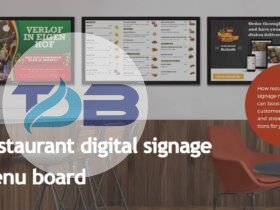


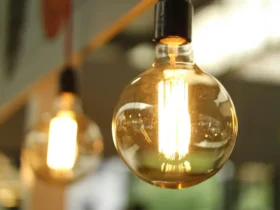


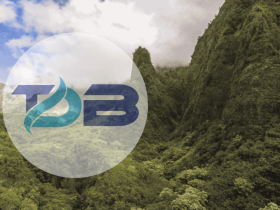

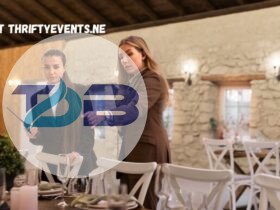

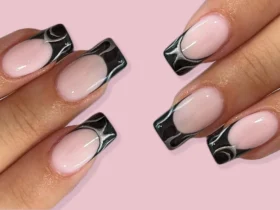


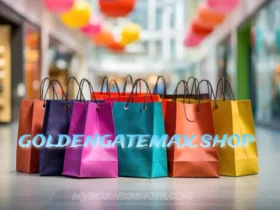


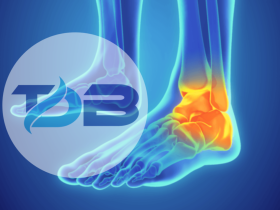



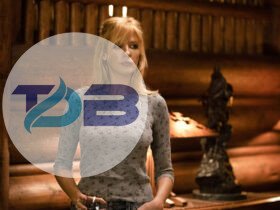
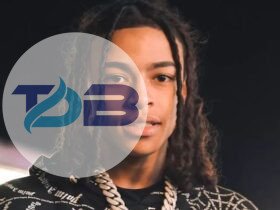



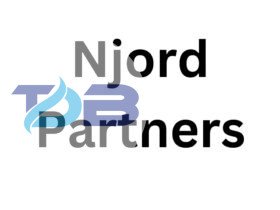
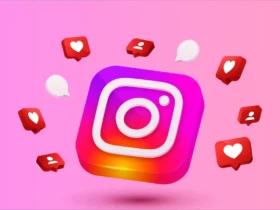
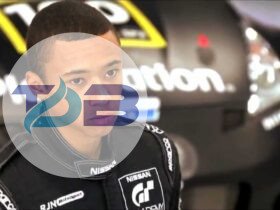
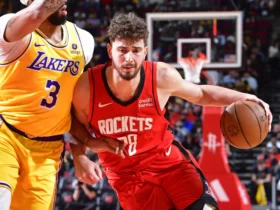





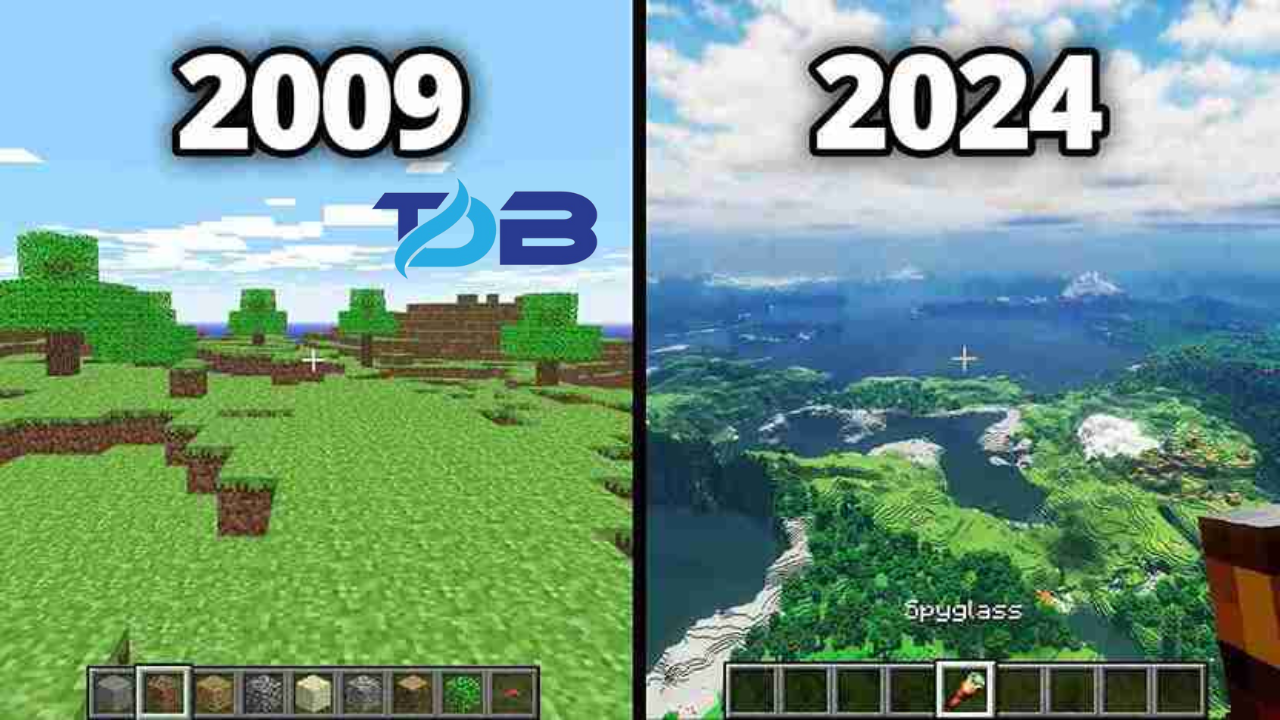

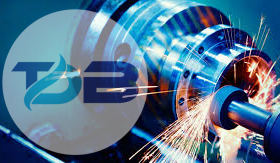
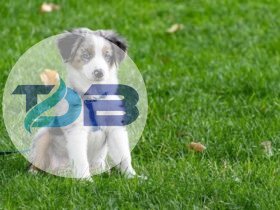
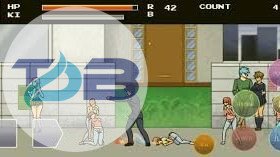
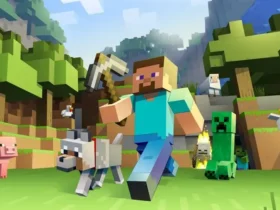
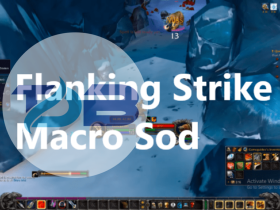

Leave a Reply